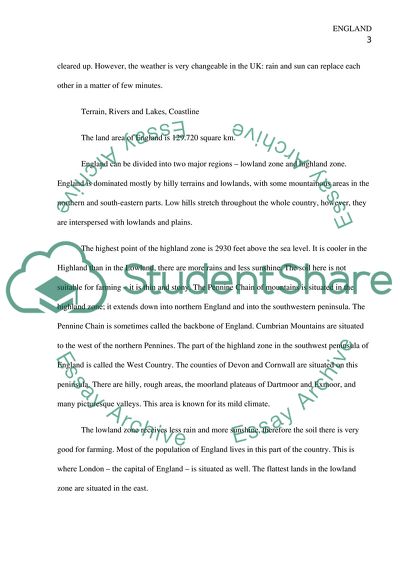Cite this document
(Geography of England Case Study Example | Topics and Well Written Essays - 2000 words, n.d.)
Geography of England Case Study Example | Topics and Well Written Essays - 2000 words. https://studentshare.org/geography/1772394-england
Geography of England Case Study Example | Topics and Well Written Essays - 2000 words. https://studentshare.org/geography/1772394-england
(Geography of England Case Study Example | Topics and Well Written Essays - 2000 Words)
Geography of England Case Study Example | Topics and Well Written Essays - 2000 Words. https://studentshare.org/geography/1772394-england.
Geography of England Case Study Example | Topics and Well Written Essays - 2000 Words. https://studentshare.org/geography/1772394-england.
“Geography of England Case Study Example | Topics and Well Written Essays - 2000 Words”. https://studentshare.org/geography/1772394-england.


